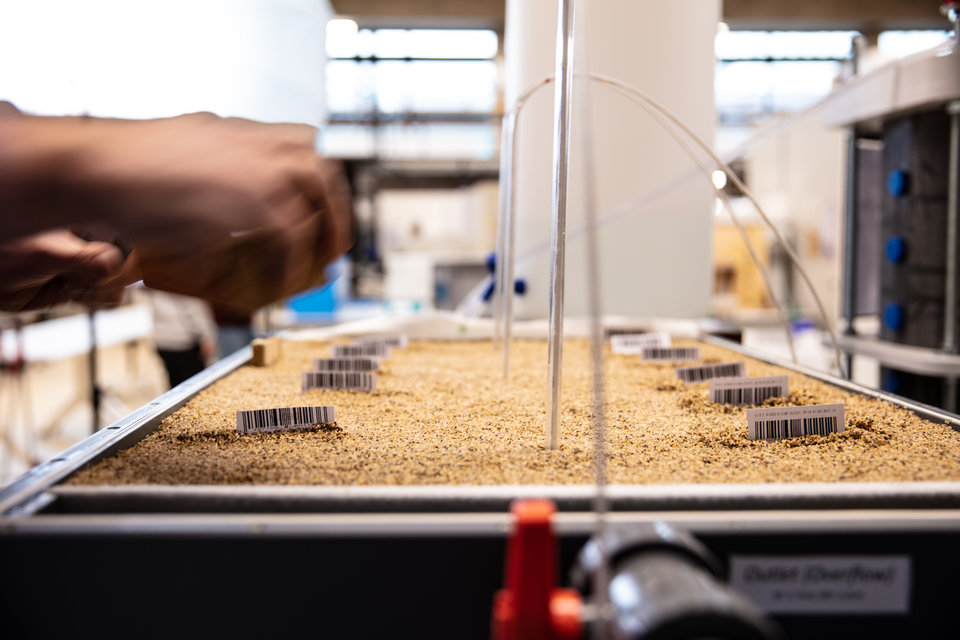Lucky find in water research yields better detection method for coronavirus
Water research and the coronavirus are not a logical combination. Nevertheless, researchers from Delft and Norway have managed to apply a finding from their water research in the detection of the corona virus. A coincidence – but certainly not less useful.
The aim of the NWO Domain AES project "WaterTagging: DNA microparticles for tracing and modeling water flows and travel times in natural systems" is to map water flows. The Delft researchers, led by Thom Bogaard, use tiny iron oxide particles with silicon. These particles are labeled with a sort of DNA barcode. They are then entered into a water stream to be found further on. The barcode makes it possible to find out when and where the particles were entered. By doing so, the researchers can follow water flows and can, for example, trace a source of pollution. At the end of 2018, the team was able to expand the research through a European collaboration project, UrbanWat.
Cooperation with Norway
From the start, TU Delft decided to collaborate closely with NTNU in Norway. During the project, the Delft postdoc involved, Sulalit Bandyopadhyay, remained associated with NTNU, a research group in Trondheim with expertise in the field of those microparticles. There, the scientists adjusted the microparticles to make them better applicable in the water study, but encountered problems labelling the microparticles with DNA. RNA, on the other hand, was discovered to bind very well to the surface of the microparticles. And, as a blessing in disguise, that RNA is also the genetic material in the virus that causes COVID-19.
New detection method
The Norwegian researchers are building on this finding in the development of a new test method for the coronavirus. They use the microparticles to extract RNA from a solution containing a sample from the patient. Because the microspheres contain iron oxide, the RNA can be separated using a magnet. The genetic code of that RNA can then identified and compared with the coronavirus. This new test method appears to be more sensitive than current methods of detecting the coronavirus. That is why the project group in Norway is now scaling up to be able to produce microspheres for at least 150,000 tests per week in that country. It is not yet known whether this method will also be used in the Netherlands.


